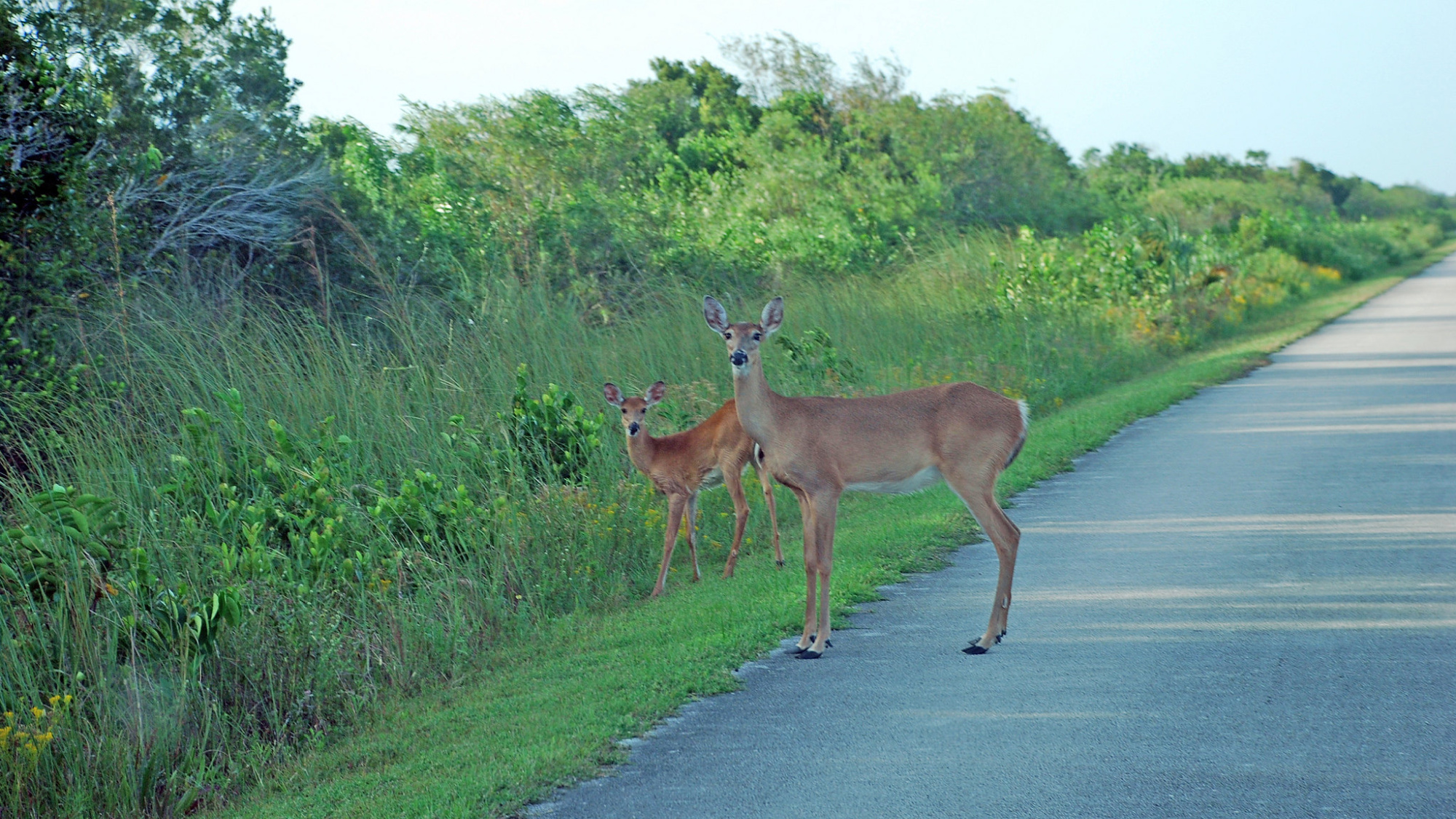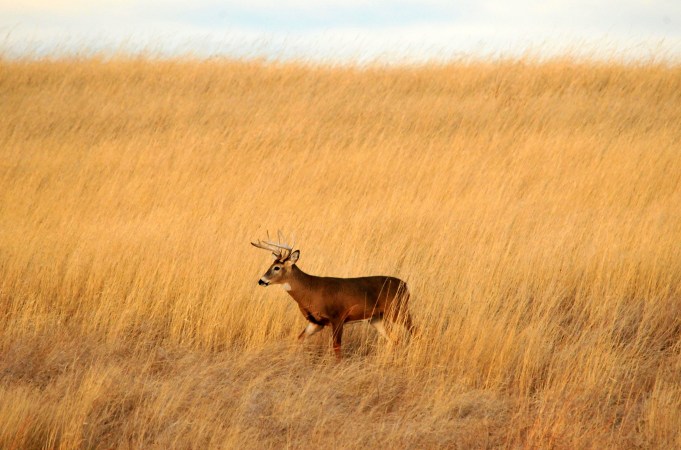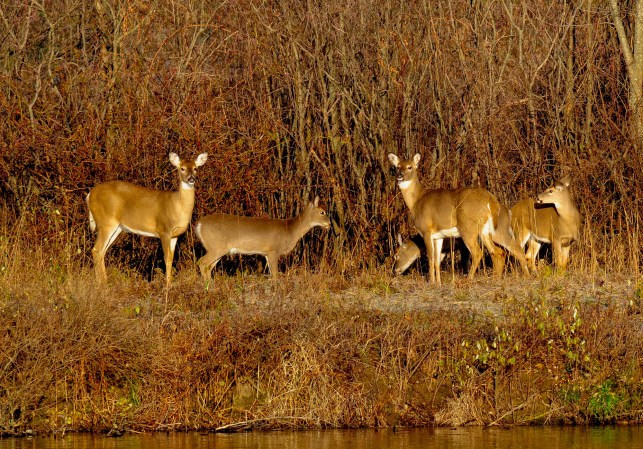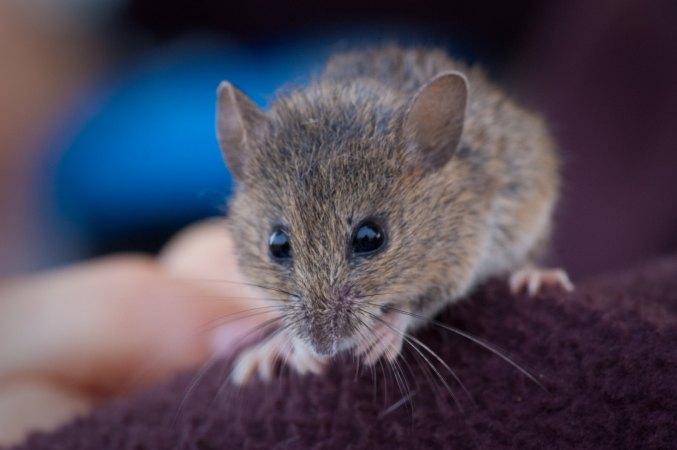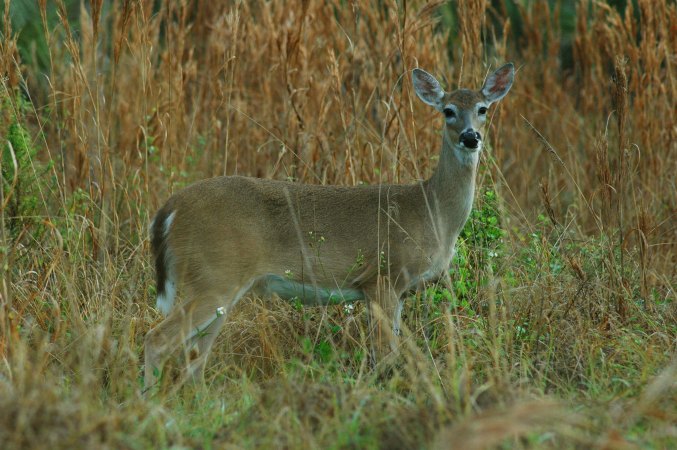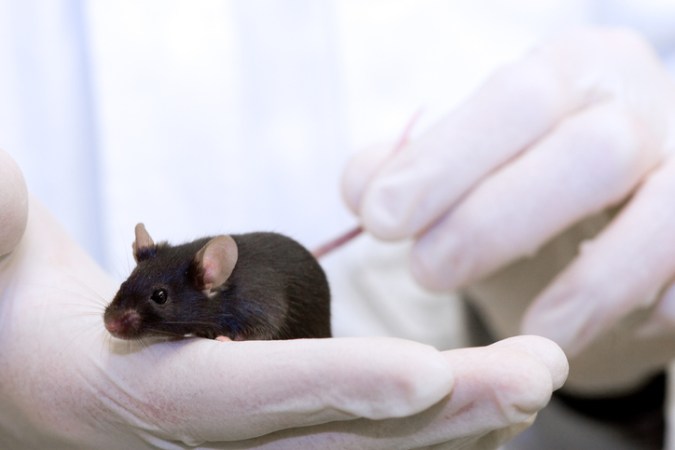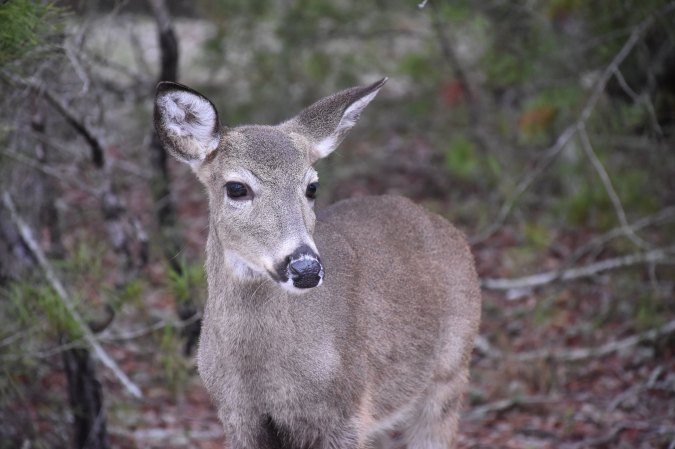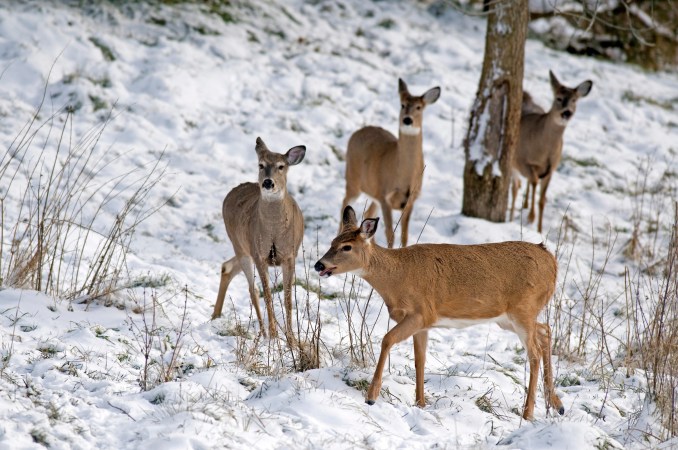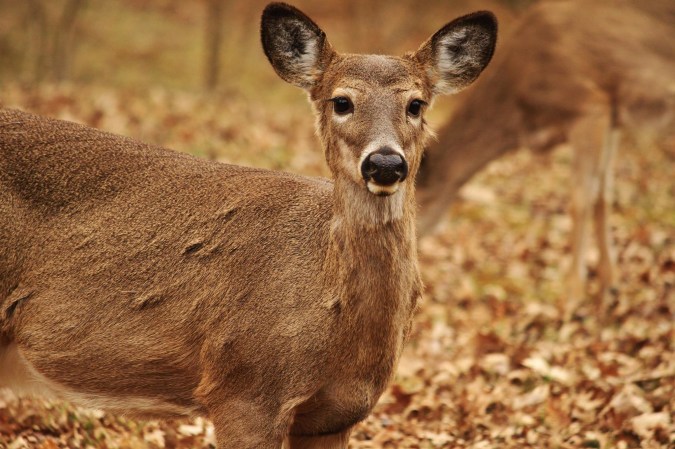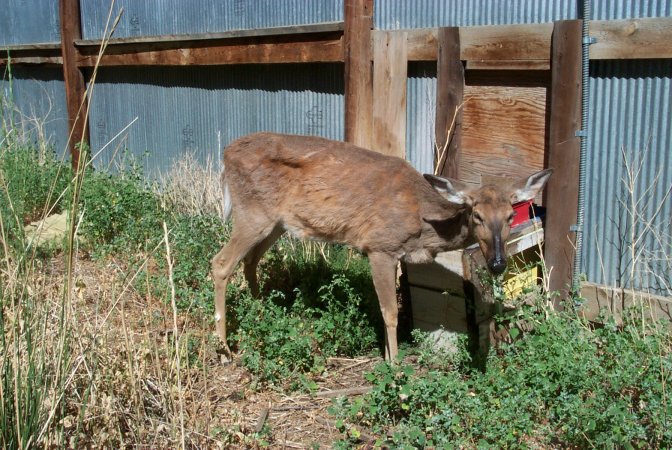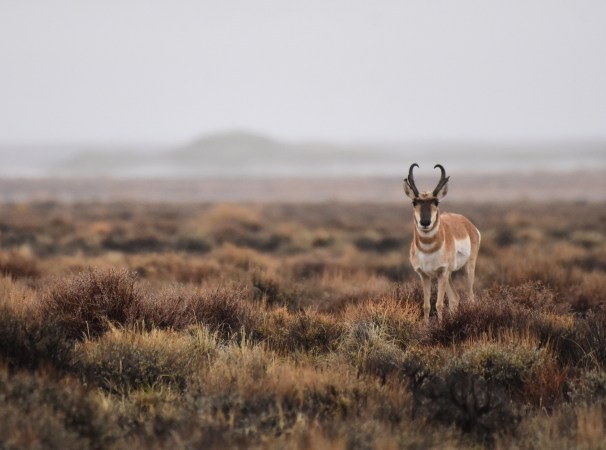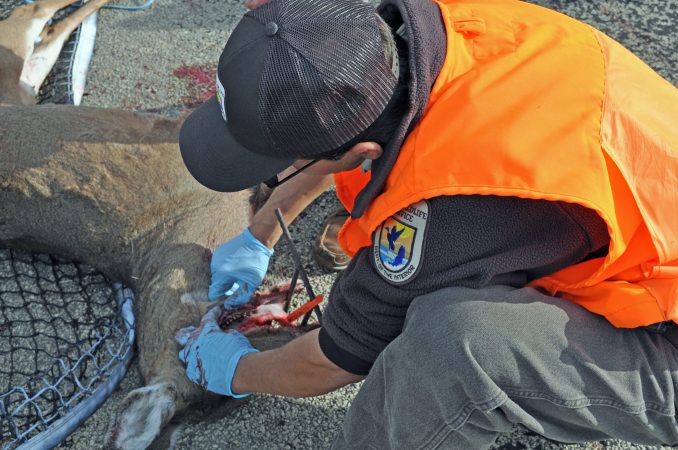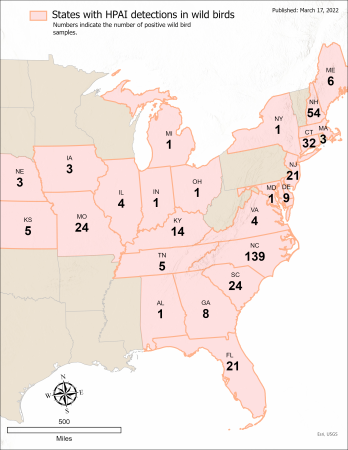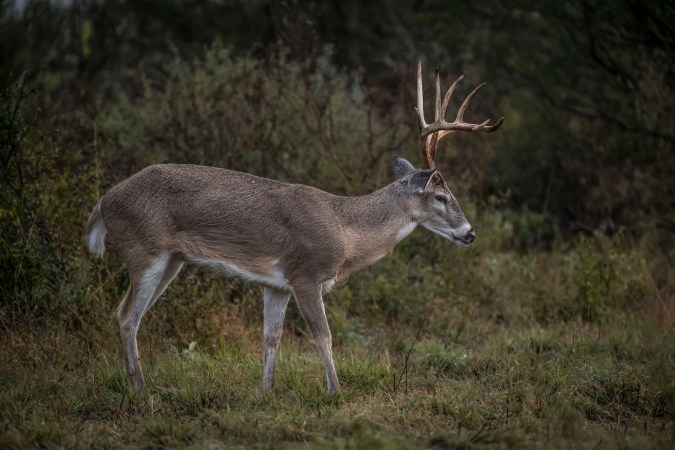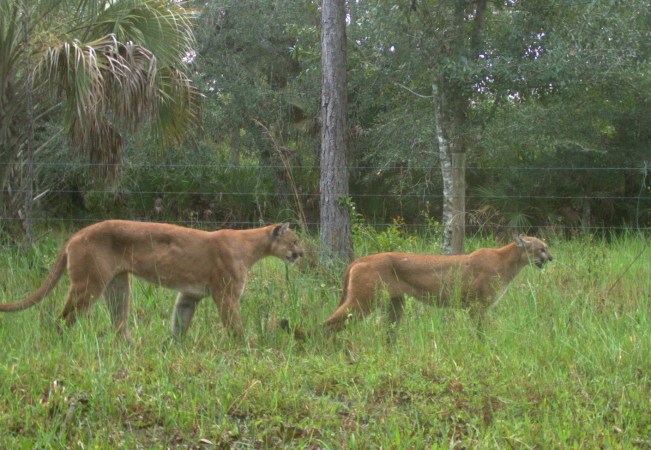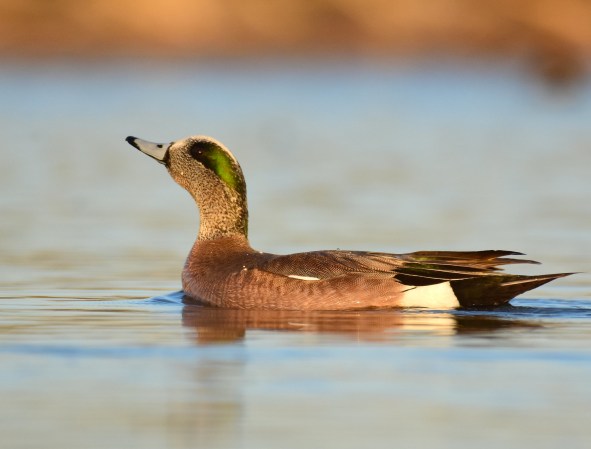A 4.5-year-old whitetail doe has been confirmed as Florida’s first recorded case of chronic wasting disease, a press release from the Florida Fish and Wildlife Conservation Commission reports. A vehicle struck and killed the doe in Holmes County, which is in the Florida Panhandle on the Alabama border. The time of the collision is unknown, but the state announced its findings on June 15. Florida is the 31st state to confirm the presence of the always-fatal neurological disease.
The FWC has been surveilling free-ranging deer for CWD since 2002. They’ve tested an estimated 17,500 deer that were either hunter-killed, road-killed, or sick.
Neighboring Alabama’s first recorded cases of CWD cropped up during the 2020-2021 hunting season in Lauderdale County. Interestingly, Lauderdale is the northwestern-most county in the state, lying roughly 330 miles away from Holmes County, Florida. And so far, no Alabama deer have tested positive for CWD outside that zone.
The Georgia Department of Natural Resources also issued a press release about Florida’s discovery. Georgia has yet to record its first case of CWD, although the state has also been testing and monitoring since 2002.
Read Next: Four Things Hunters Should Know About Chronic Wasting Disease
This means the disease traveled hundreds of miles without being detected. The next closest cases of CWD were in Warren and Lafayette counties in Mississippi, and in Tensas Parish, Louisiana. All of these places are over 380 miles away from where Florida officials found the CWD-positive doe.
“The disease normally moves fairly slowly,” Matt Ross of the National Deer Association says. “But this is not a unique case.”
There are two likely explanations for the random appearance of CWD in the Florida Panhandle, Ross says. The first is that a hunter brought home a CWD-positive deer carcass from a different state and disposed of contaminated parts in the natural environment. The second is that game farm managers brought CWD-positive captive deer into the state that have now spread the disease to the free-ranging population. (Game farm employees also could have disposed of prion-containing parts of captive deer.) As of 2021, Florida was home to 441 game farms and fenced hunting preserves—the third most in the country behind Pennsylvania (686) and Texas (858).
“There’s no smoking gun here that says [it was a game farm],” Ross says. “It could have been a resident hunter that brought a carcass back from another state. A lot of Florida hunters travel to hunt in other parts of the country.”
Read Next: Ticks Carry Chronic Wasting Disease and They Could Be Transmitting It to Wild Deer
Ultimately, while Ross commends the FWC’s handling of CWD surveillance and prevention since monitoring began 21 years ago, he chalks this infection up to human error—whether that human was a hunter or an employee of the captive cervid industry.
“We are our own worst enemy,” he says. “We need to stop this from both sides, the wild side and the captive side. It’s making for a really bad situation. This should be a wakeup call, but unfortunately it’s happened in the past and I’m sure this isn’t going to be the last time.”
Oklahoma recently confirmed its first case of CWD in a wild deer, according to a June 6 press release from the Oklahoma Department of Wildlife Conservation. CWD has existed in Oklahoma’s captive cervid herds since 1998, when a farm-raised elk first tested positive for the disease.

